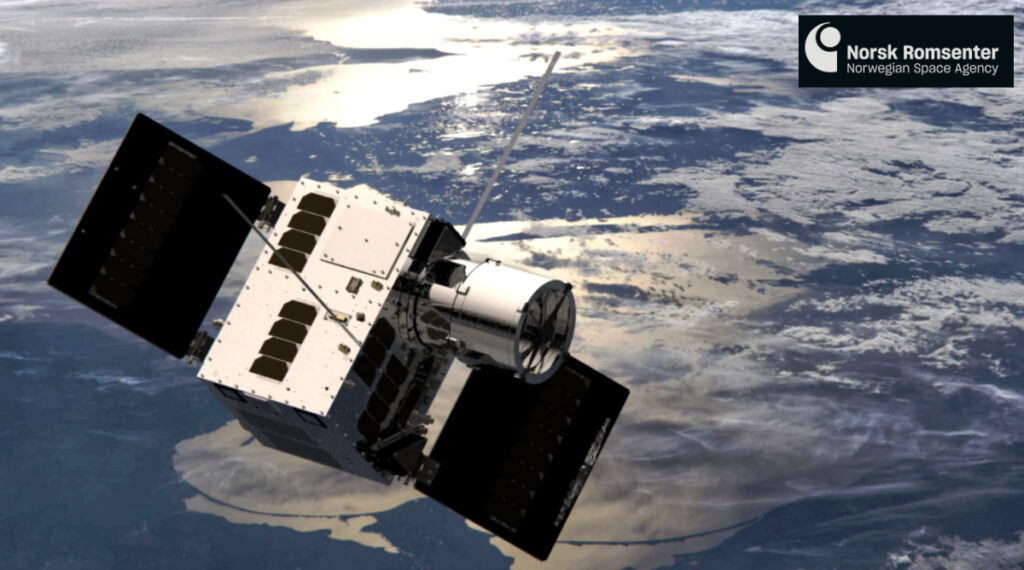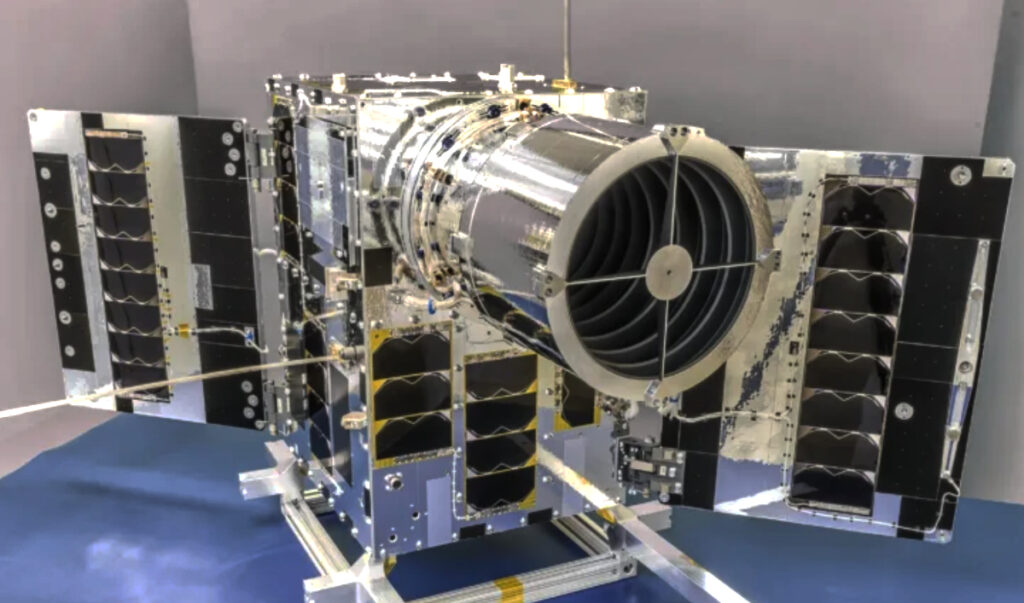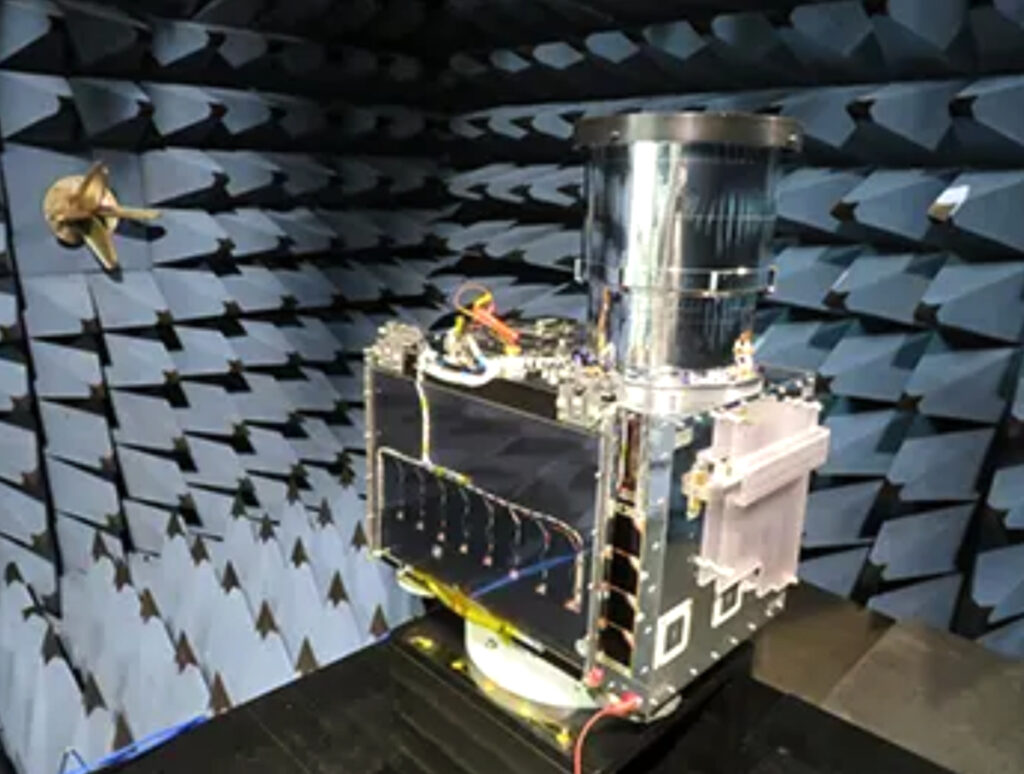

Norway’s new national satellite, NorSat-4, built by Space Flight Laboratory, was launched on Tuesday, January 14, 2025, at 8:09 PM Norwegian time.
During the night leading into Wednesday, the control room established contact with the satellite, and everything looks good.
The launch was carried out by SpaceX using a Falcon-9 rocket from Vandenberg Space Force Base in California. The Transport-12 mission carried several small satellites of varying sizes into space.
NorSat-4, like the other national satellites NorSat-1, NorSat-2, and NorSat-3, will primarily monitor maritime traffic from orbit.
This maritime monitoring microsatellite is the seventh spacecraft developed for the Norwegian Space Agency (NOSA) by SFL and carries a fifth-generation AIS ship tracking receiver developed by Kongsberg Seatex and a first-of-its-kind low-light imaging camera.
In addition, NorSat-4 carries two other payloads onboard: a low-light camera and an encryption solution. Both are new technologies to be demonstrated in space.

The main payload on NorSat-4 is a receiver that captures signals from the Automatic Identification System (AIS), a collision-avoidance system that all ships over 300 gross tons are required to have onboard.
AIS signals provide information on a ship’s position, speed, direction, and identification. Satellites use these signals to ensure safe maritime traffic, detect illegal fishing, smuggling, and other criminal activities, monitor borders, secure maritime areas, and more.
The Norwegian Coastal Administration owns and operates the AIS system for Norway and shares this information with other users, including the Armed Forces, other government agencies, private companies, and organizations.
The AIS receiver on NorSat-4 is manufactured by Kongsberg Discovery and is the same type as those on the other national satellites, NorSat-1, -2, and -3.
In addition, NorSat-4 carries two payloads with new technology to be demonstrated in space.
One payload is a camera designed for maritime surveillance. It is capable of detecting ships longer than 30 meters, even during periods of darkness or under poor lighting conditions. This low-light camera was designed and is owned by the Norwegian Defence Research Establishment (FFI) and was developed and built by the French company, Safran Reosc.
The other payload encrypts all communication with the satellite, including telemetry, commands, and onboard-generated data. This encryption payload was commissioned by FFI and built by the Norwegian company EIDEL.
NorSat-4 will operate in a polar SSO at an altitude of 590 kilometers. The new Norwegian satellite will be controlled from the control room at Statsat in Skøyen, Oslo. The satellite will undergo commissioning for a few weeks.

The Norwegian Coastal Administration financed the construction of NorSat-4 and owns the AIS receiver onboard. FFI (Norwegian Defence Research Establishment) owns the two technology demonstration payloads onboard. The Norwegian Space Agency led the development of NorSat-4, which began in 2019.
Article authored by Berit Ellingsen

